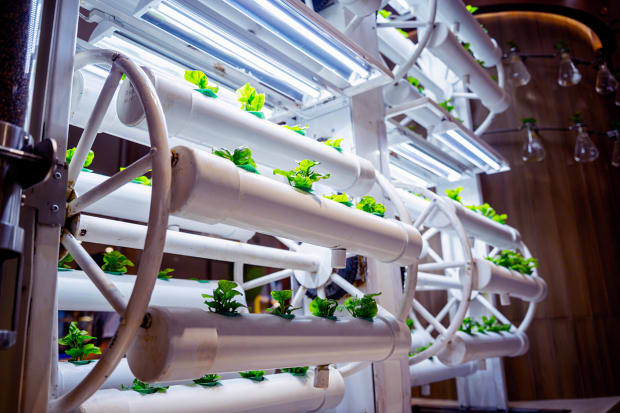The farming and agriculture sector has always been at the forefront of emerging technology, embracing change and in many instances, leading the way for other industries to follow.
The Industrial Revolution and the emergence of machines to help take the strain from labour intensive work was huge for farming, allowing work to be carried out at a greater speed compared to previous methods. The introduction of fertiliser on a commercial scale further supported the need to increase food production to support the growing world population, and more recently, innovations in automated machinery, drones and artificial lighting have improved efficiency and quality control.
But with some global organisations predicting that the world population will further increase to around 9.7billion by 2050 (an increase over 1.7billion vs. 2023), a cost-of-living crisis and supply chain issues – the need to produce more food has never been greater.




